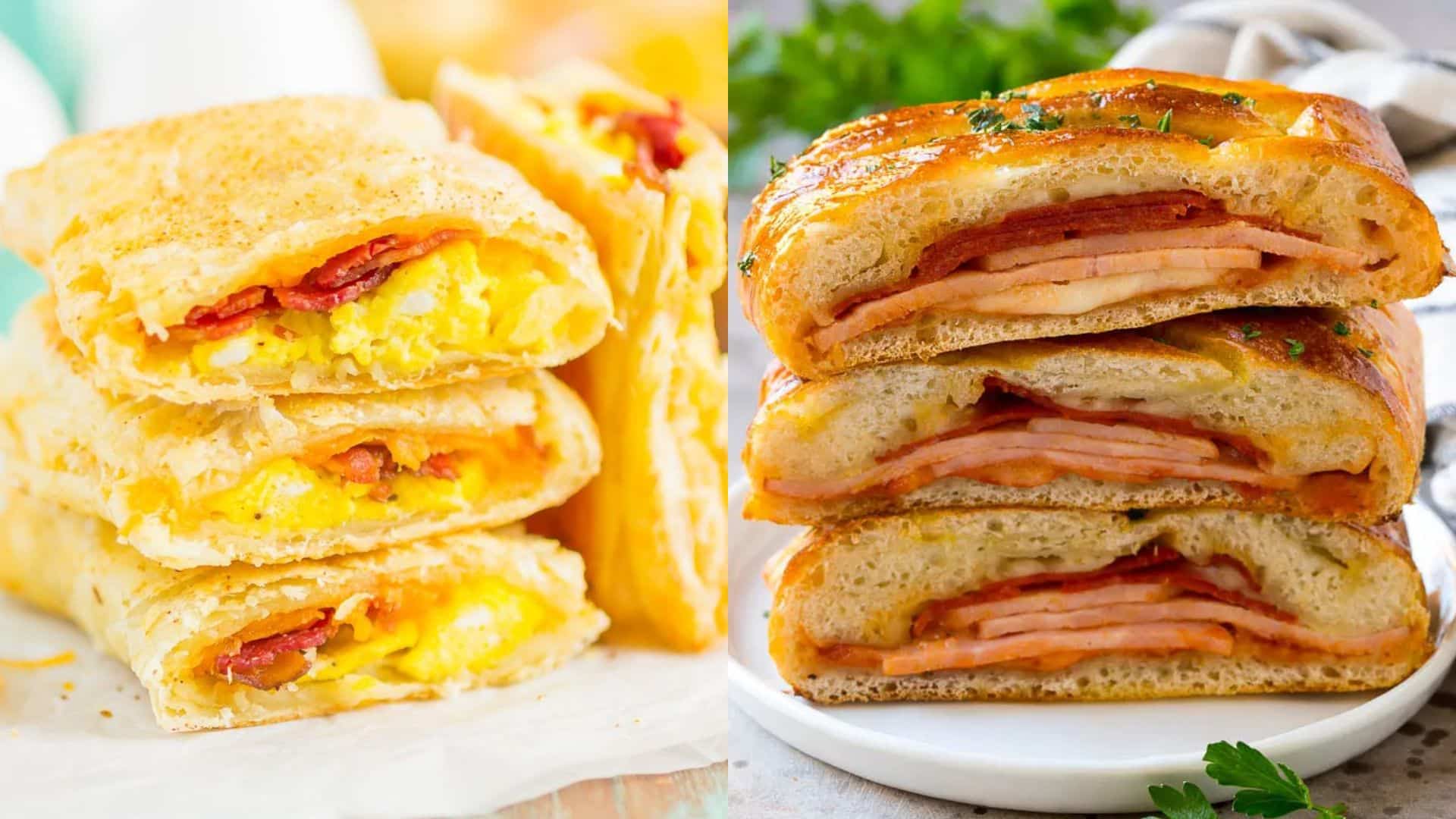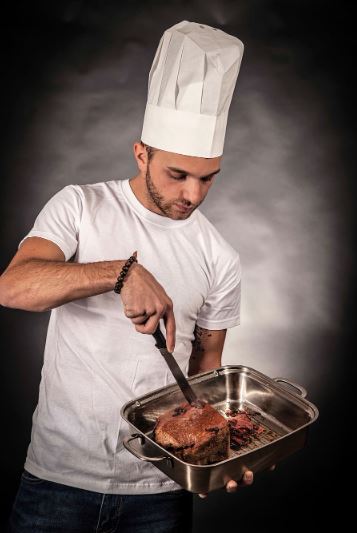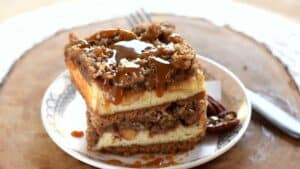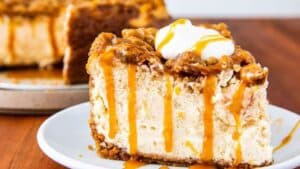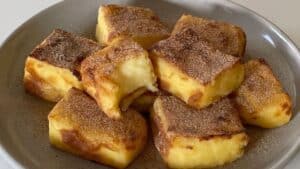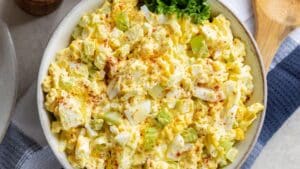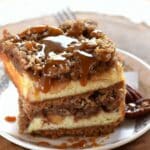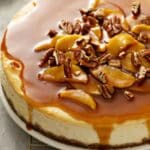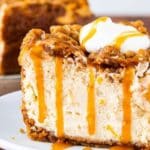You’re not still doing dry toast and plain eggs for breakfast, right? ‘Cause if you are, we need to talk. Breakfast puff pastry bars have quietly crept their way into the morning menus of high-end cafés, boutique bakeries, and yes even Michelin-level hotel kitchens. These little golden bricks of brilliance aren’t just another breakfast trend. They’re a testament to the versatility of laminated dough and a masterclass in balancing structure with creativity.
This article’s here to dissect them. Not just from a recipe perspective (though we’ll talk shop there too), but from an ingredient science, culinary technique, and even commercial viability standpoint. Whether you’re a pastry chef, menu developer, or just sick of granola pretending to be breakfast, this deep-dive’s for you.
What Exactly Are Breakfast Puff Pastry Bars?

Let’s not overthink it they’re essentially puff pastry squares or rectangles filled or topped with a mix of breakfast-friendly ingredients. But don’t let that simplicity fool you. They’re deceptive.
Unlike their sweet dessert cousins, breakfast puff pastry bars straddle the line between sweet and savory. Think roasted mushrooms and gruyère. Or maple-glazed bacon and caramelized onion. Even soft scrambled eggs with crème fraîche and chive, encased in buttery, flaky pastry layers.
The trick is, they have to be eaten warm. Lukewarm puff pastry? Sad. Cold puff pastry? A crime. Straight from the oven? Transcendent.
The Lamination Factor
Here’s where we lose a lotta people. Laminated dough isn’t just dough with butter it’s a technique, a science, a religion if you’ve been in pastry long enough.
Traditional puff pastry has around 729 layers. That’s 6 turns, if you’re counting. Each turn folds the dough over itself, trapping cold butter between. In the oven, the water in the butter evaporates, puffing up the layers. That’s how you get that crispy-flaky-shattery texture.
But when you’re making bars, you can’t go too wild with height. You want structure, not croissant tower. Most pros will under-laminate slightly maybe 4 turns just to keep things sturdy. You ever tried biting into a 6-inch-high pastry with egg on top? Disaster. Go for less puff, more hold.
Why They Work on a Professional Menu
There’s a reason top-tier kitchens are adding these to brunch menus.
First: make-ahead-ability. You can assemble a tray of these the night before, refrigerate them, and just bake off in the morning. Total lifesaver for high-volume service.
Second: insane flavor payoff for very little effort. Because puff pastry is rich by nature, you don’t need to overdo the fillings. A bit of goat cheese, one slice of prosciutto, a spoon of fig jam boom. Luxury.
Third: They look expensive. People pay more for breakfast that looks like it took effort. Even if it didn’t. Especially if it didn’t.
Let’s Talk Fillings
Savory Stars
Savory puff pastry bars hit harder than sweet. That’s just a fact. The contrast between crisp buttery layers and gooey, salty centers? Unreal.
- Soft scrambled egg with cheddar and scallion: the classic. Pro tip: Cook your scramble to about 80% done before baking. The residual heat finishes it perfectly inside the pastry.
- Smoked salmon and dill cream cheese: assemble post-bake or the salmon turns sad.
- Miso mushrooms and gruyère: earthy, funky, rich. Wildly underrated combo.
Oh, and don’t forget seasoning. Under-seasoned fillings ruin everything. Salt is your best friend. Maybe your only friend if you’re doing early-morning prep.
Sweet Fillings
Now we’re in tricky territory. Sweet puff pastry bars can be heavenly but they’re easy to screw up.
Too much sugar? You’ll burn the bottoms. Too much fruit? Soggy mess.
Some winners:
- Apricot and almond cream (frangipane): classic French, very bakery-core.
- Apple cinnamon with a cheddar crumble: don’t knock it. That sharp cheese cuts through the sweetness like a dream.
- Lemon curd and fresh thyme: light, sharp, elegant.
If you’re going sweet, brush the top with egg wash and sugar crystals for that sparkle-snap finish. Maybe even a drizzle of glaze post-bake, but only if you’re feeling fancy.
Technique Makes or Breaks It

You want that bake just right. Underdone puff pastry is chewy and sad. Overdone? Burnt bottom, raw top. It’s a tightrope.
Most chefs bake at 400°F (205°C) for the first 10–12 minutes, then drop to 350°F (175°C) to finish. That initial high heat sets the layers. Dropping the temp stops over-browning.
Use parchment. Always. Preferably double-layered trays to avoid burning the bottoms. If you’re feeling extra, a baking steel underneath gives better heat distribution.
Scoring the top in a criss-cross pattern helps vent steam and adds a pro look. But don’t go too deep or you’ll compromise the puff.
And chill everything. The colder the dough, the better the rise. 15 minutes in the fridge before baking can make or break your lamination.
Scaling for Commercial Kitchens
Running a kitchen? You’ll love this part.
- Batch prepping: You can par-bake the bases, cool them, then add fillings and reheat to order. Keeps service smooth.
- Freezing: Most breakfast bars freeze beautifully. Assemble raw, freeze on trays, wrap, and bake straight from frozen at slightly lower heat for longer.
- Portion control: Make them in sheet pans, cut into clean bars post-bake. Every piece uniform. Clean lines, happy chef.
Labor cost is low. Ingredient cost can be low. Profit margins? Ridiculous. Especially if you’re using fillings you already prep for other dishes. Cross-utilization saves lives.
The Breakfast Trend That’s Actually Worth It
Everyone’s looking for the next big brunch thing. Avocado toast had its moment. Shakshuka came and went. These bars? They’re just starting their climb.
Pinterest searches for “savory puff pastry” rose 45% last year (source: Pinterest Trend Report, 2024). Restaurant menu analysis from Datassential showed a 23% increase in puff pastry breakfast items on menus across North America from 2023 to 2024.
They’re popular ‘cause they’re customizable. Vegetarian? Easy. Gluten-free? Sub with GF puff (just don’t expect that same rise). Keto? Uh, sorry.
Plus they photograph so well. That golden flake. The gooey yolk. The herby sprinkle. Instant food porn. Social media does half the marketing for you.
Misconceptions and Mistakes to Avoid
Let’s clear a few things up.
- Puff pastry is not phyllo. Please, please stop confusing the two. Phyllo is paper thin and dry. Puff is rich and layered. They are not interchangeable.
- Homemade puff is not mandatory. It’s cool if you can make it. But good quality store-bought saves hours and still delivers. Look for all-butter versions. Anything with shortening? Skip it.
- Too many fillings = disaster. Keep it minimal. Two or three components max. You’re not making a calzone.
Also, don’t cut them too big. A breakfast bar is not a meal. It’s a snack. A component. Something alongside a coffee or fruit salad. Portion accordingly.
Future Trends and Innovations
We’re seeing some wild spins on this.
- Plant-based bars: think cashew cream, vegan sausage, sautéed kale. With vegan puff? It’s possible now.
- Global influence: harissa eggs and labneh, kimchi and tofu scramble, even curry potato and tamarind chutney.
- High-protein variations: puff pastry wrapped around egg-white and cottage cheese mixtures, aimed at the gym crowd.
Even meal kit companies are catching on. There’s huge potential in pre-filled bars people can bake at home. It’s coming. Fast.
Final Takeaways
Breakfast puff pastry bars might look like a simple idea but executed right, they’re a culinary flex. They combine technique, taste, and texture in a way that few breakfast foods can manage. They work in upscale restaurants, boutique cafés, or even prep kitchens that thrive on low labor and high turnover.
If you’re in the business, they’re a no-brainer addition. If you’re a chef looking to flex some finesse on a brunch menu, this is your new signature dish waiting to happen.
Play with fillings. Nail your bake. And whatever you do don’t serve them cold. That’s just rude.
Wanna brainstorm flavor combos? Or talk logistics for service? I’m in.
